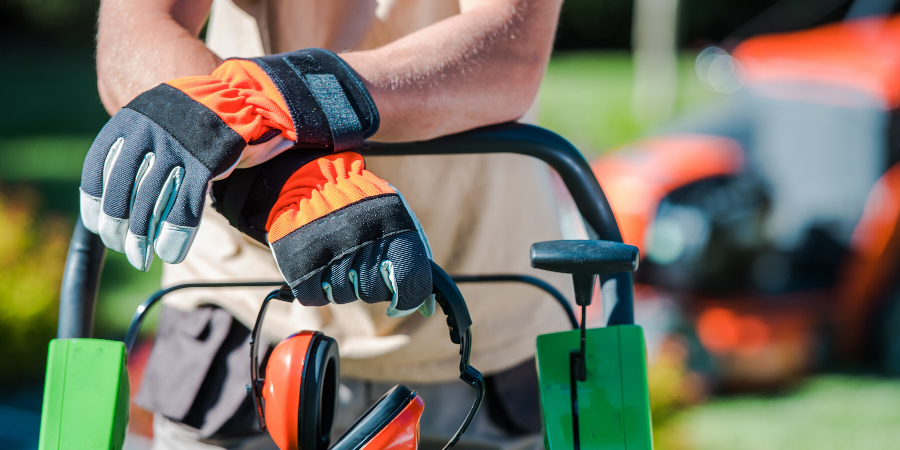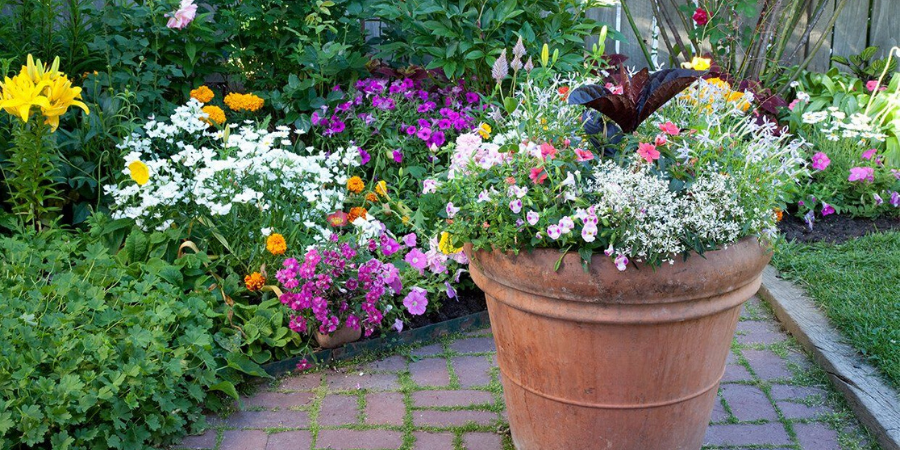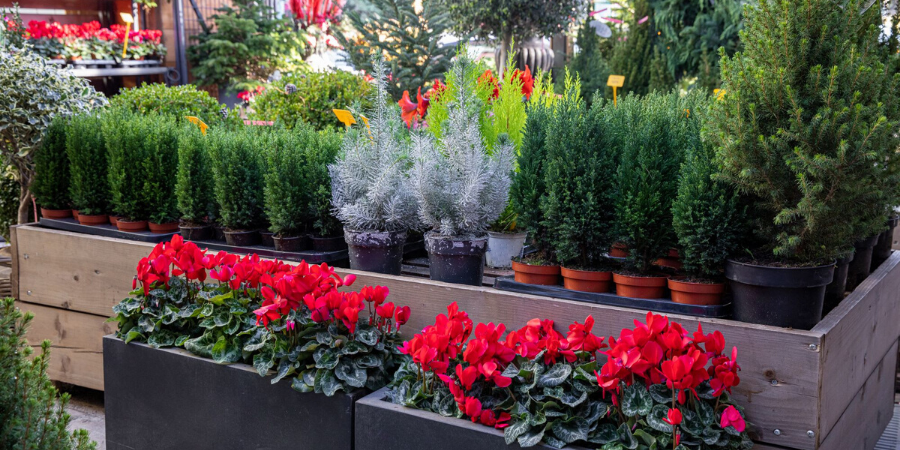You’ve designed the perfect garden, delighted your customers with gorgeous plant recommendations, and received the green light to start your project. As you start gathering materials, two trees and three shrubs are nowhere to be found from your suppliers. Or maybe you’re the supplier, with the challenge of telling your design customer that the plants requested for the job aren’t available. What do you do? You consider your client’s needs and offer substitutions, of course!
How to Satisfy Customers with Substitutions
Whether you’re the garden designer or the supplier, keeping your customer satisfied is your top priority. Let’s be honest: telling your customer that the plants aren’t available isn’t pleasant, but it’s your follow-up that either will impress or disappoint your customers—and we know you refuse to disappoint customers, right?! Instead, offer your customer a well-researched substitution solution before you drop the bad news about a plant.
First, Evaluate the Plant’s Features
Whether you’re looking at the big picture design or trying to substitute plants from a list, look first to the predominate plant features. Was the tree chosen for its columnar habit for a narrow space? Is the planned perennial a seedless variety for extended bloom life? Was a native shrub selected based on its region and impact on wildlife? Or was a specified flowering tree chosen for its bloom time?
Looking at the features of the original planned plants informs you about the intent in the landscape, letting you choose substitutions that meet the same needs. If you’re a designer, sometimes it helps to have someone else’s perspective when choosing substitutions, because like any artist—it’s hard to alter your masterpiece. Working closely with your supplier and explaining the intent gives them a chance to hear your goals for the individual plants and offer solutions with good alternatives that meet your design aspirations.
As a supplier, you might not have the luxury to work closely with the designer or landscaper. Instead, look at the requested plant and analyze its key attributes. For instance, perhaps your customer needs Amelanchier, but it’s not available. Knowing that it produces white spring flowers, attractive fruit, and tolerates shade gives you a good start to look for alternatives. While a white flowering crabapple covers the first two attributes, Cornus kousa meets all three criteria. Try to make a substitution recommendation that covers all the bases of the original plant.
Next, Do Your Homework
If your client’s design calls for a stately columnar Blue Spruce that’s not available, look for a tree that offers similar mature size (25’ x 7’) and growth habit. It doesn’t help your customer if you recommend a substitution that’s short and squat or that boasts a pyramidal shape instead of a columnar form. Just as we discussed with upselling, listen to your customers—and offer proactive solutions to meet their needs.
If you’re unfamiliar with the original plant’s characteristics, a quick Google search will give you an overall idea of the plant’s habit. Perhaps you’ll find a fast solution for a substitution, but if not—get a little creative. You might need to recommend a plant outside of the original genus to find a substitution with the right look, but you’re demonstrating to your client that you’re willing to take extra effort to make their job easier.
Make sure to consider growing zones when recommending substitutions. If your design or landscape customer specified a purple flowering tree, such as ‘Purple Robe’ locust that’s hardy in zones 4-8, don’t recommend Jacaranda, which grows in zones 9b-11. You want to impress your customer with your knowledge and assistance—not make their jobs harder. Or maybe the conifer your customer chose is out of stock, but you found a variety with a similar look. While they may share similar shapes, mature heights, and zones, one conifer might tolerate wet feet, while the other needs dry soil and ventilation—or it will drop its needles. Read the details about each plant before you make recommendations for substitutions.
For a resource that provides fantastic, detailed plant information, try Missouri Botanical Garden’s Plant Finder. You’ll find size at maturity, flower color and timing, fruiting, fall color, growing preferences, native regions, and even the history of the plant. If you’re looking for information on specific patented varieties, scroll to the bottom of the plant information page. The last paragraph contains information specific to the cultivar, noting how it may be different from other cultivars or straight species. The information will give you an edge when recommending substitutions to your customers.
Of course, there’s nothing like going old school with Dirr’s Encyclopedia of Trees and Shrubs. It’s a classic resource filled with valuable information that will help you select great substitutions.
Finally, Ask Us!
If you haven’t found the specified plant on our website and are stumped for a good substitution, contact us. That’s why we’re here! We’ll be delighted to work with you to uncover the perfect alternative to your planting needs. After all, we want you to give your customers great service—and we hope we give you, our customers, great service, too! Give us a call, and we’ll work together to find the perfect substitution to make everyone happy!

.png)
.png)
.png)

.png)
.png)
.png)


